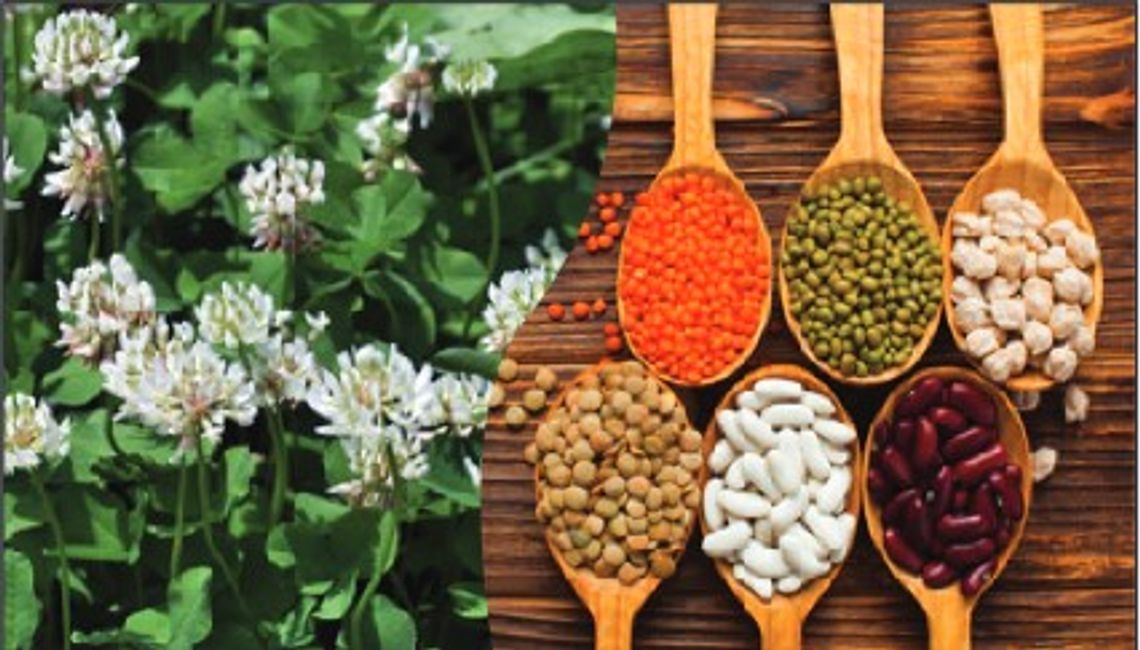I attended a recent Forage Field Day, in which the high cost of agriculture fertilizer was discussed. We were able to visit a demonstration field in which annual ryegrass was planted along with clover. Clover is a legume, and legumes are able to convert atmospheric nitrogen, into ammonia, which is a form of nitrogen plants can use.
The air that we breath is around 21% oxygen and 78% nitrogen. These are each diatomic molecules, meaning each oxygen atom is joined to another oxygen atom, with a strong double bond. Each nitrogen atom is joined to another nitrogen atom with an even stronger triple bond. The hemoglobin in our blood uses some of those O2 molecules to carry oxygen into our bodies.
The N2 molecules were just along for the ride as you breathed in and out. At normal temperatures, the bond that holds the two Ns together is hard to break. Even commercial fertilizer factories must use high temperatures and a lot of energy to convert atmospheric nitrogen to ammonia.
Some plants can convert atmospheric nitrogen into ammonia at normal temperatures. Legume plants have this ability. Legume plants such as peas, beans, and clovers have little bumps on their roots called nodules, which form a symbiotic relationship with bacteria, Rhizobia. The bacteria inside these nodules “fix nitrogen” using an enzyme called nitrogenase to break the triple bond of N2 and convert it into ammonia, a form of nitrogen plants can use.
Legume inoculation is introducing legume bacteria into a root system to let legumes fix or change nitrogen into a useable form. It is the process of mixing legume seed with the correct strain of bacteria before planting. After the seed is planted, the bacteria will multiply if soil conditions are favorable.
After the plant begins to grow, bacteria invade the root hairs. These growths on the roots are nodules. The bacteria live in the nodules. A red or pink color inside the nodules indicates that bacteria have nitrogen-fixing activity. Nodules that are white, green, or brown inside fix little or no nitrogen.
Forage legumes including white, red, crimson, sweet, subterranean, and arrowleaf clovers, and improved vetches should be inoculated.
Source:“Soybean Nodule Fly”, Bug Wise No 14, Mississippi State University Extension, Dr. Blake Layton
“Inoculating Forage Legumes”, Mississippi State University Extension, Information Sheet 1083


Comment
Comments